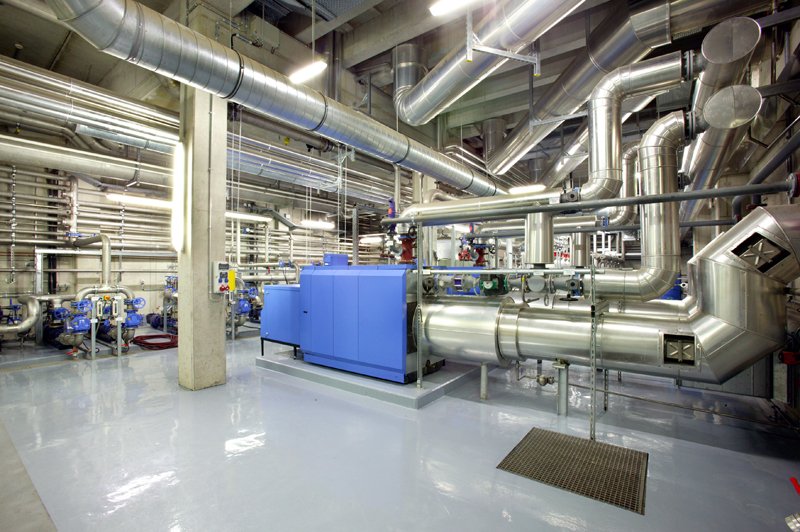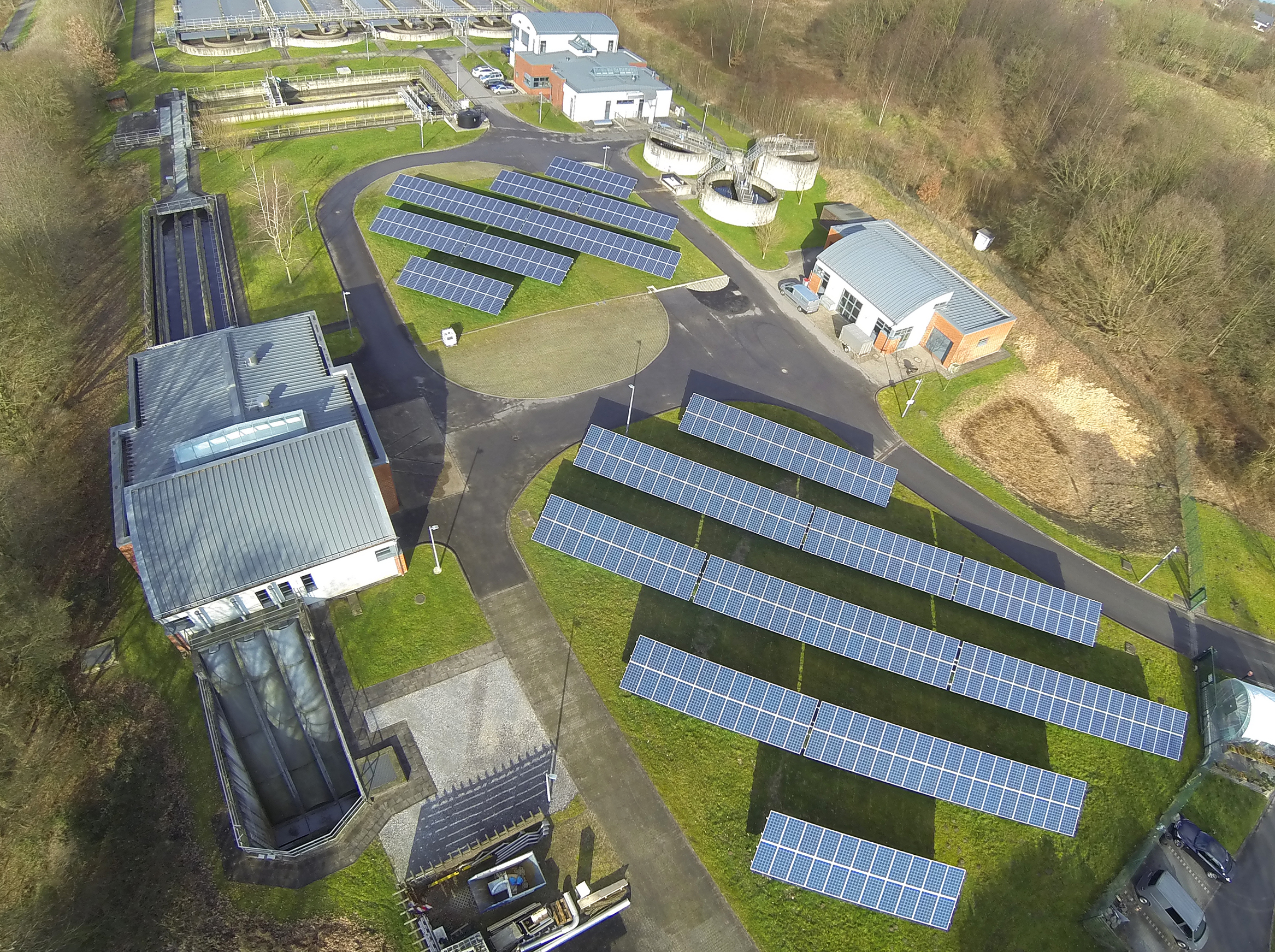Energy needs innovative ideas
Due to rising energy prices and the need to make sparing use of natural resources, energy efficiency is becoming an ever more important topic, also for the operators of sewage treatment plants. Increased cost pressure together with the intention to reduce our carbon footprint call for a reduction of the energy input in sewage treatment plants, an optimisation of electricity purchasing, and more power to be generated from the "renewable resource" waste water.
Waste water treatment requires about 35 kWh of electricity per person connected to the sewage system per year. In other words, around 2 to 3 per cent of the mean annual electricity consumption of one person - around 1,500 kWh - goes into cleaning their sewage.
However, waste water does not only require electricity for treatment - it can also be used as a source of energy itself. The sludge resulting from an increase of organisms can be stored in digesters where it is partly converted into digester gas by anaerobic micro-organisms. Digester gas contains methane which can be used to generate electricity e.g. in combined heat and power plants. An additional intake of fats, kitchen waste, and waste food will increase gas generation in the digesters and reduce the need to purchase electricity externally so that these sewage treatment plants can generate a large share of their own power.
Using heat pumps, the thermal energy potential of waste water can also be used for heating purposes. Besides supplying the sewage treatment plant itself, the heat generated by waste water is such that even large consumers of heat such as nearby swimming pools or schools could be supplied. If the outlet of a sewage treatment plant provides a sufficiently high cascade, water wheels can be used for power generation.
Besides increasing its own power generation by utilising waste water energy, any sewage treatment organisation that aims at being sustainable has to try and reduce its energy input in order to save costs and reduce CO2 emissions.










